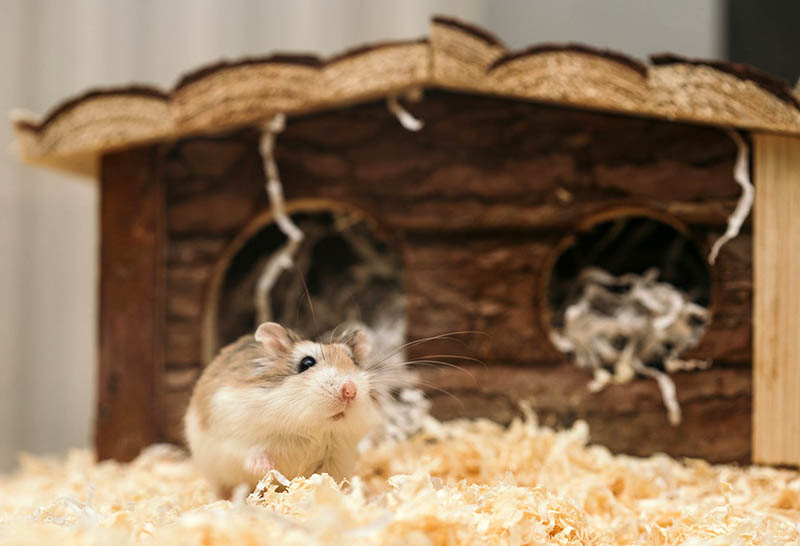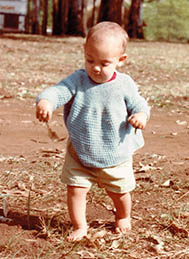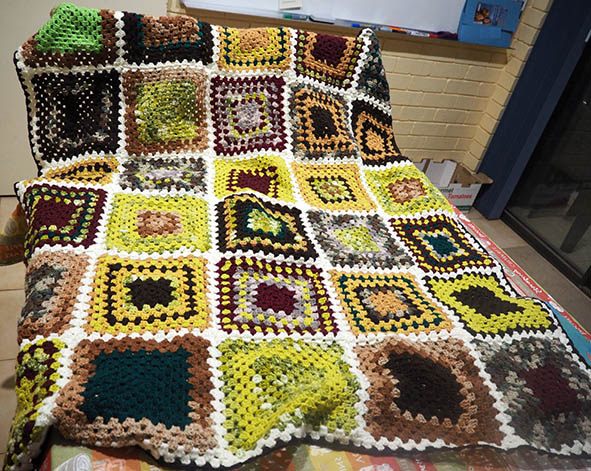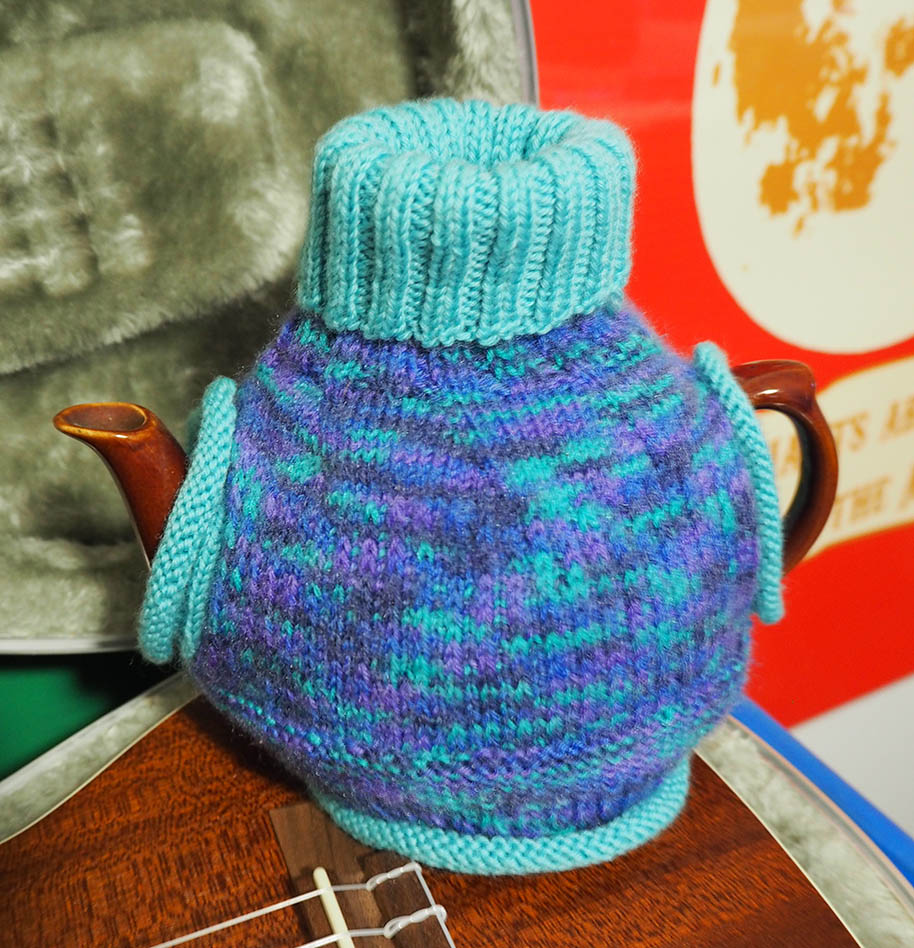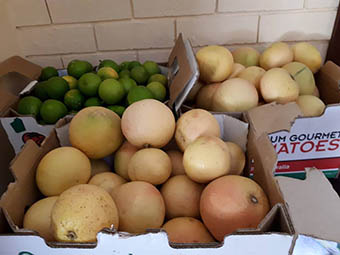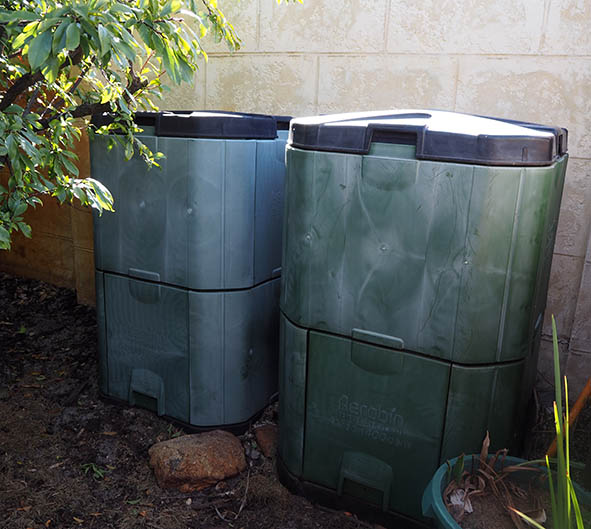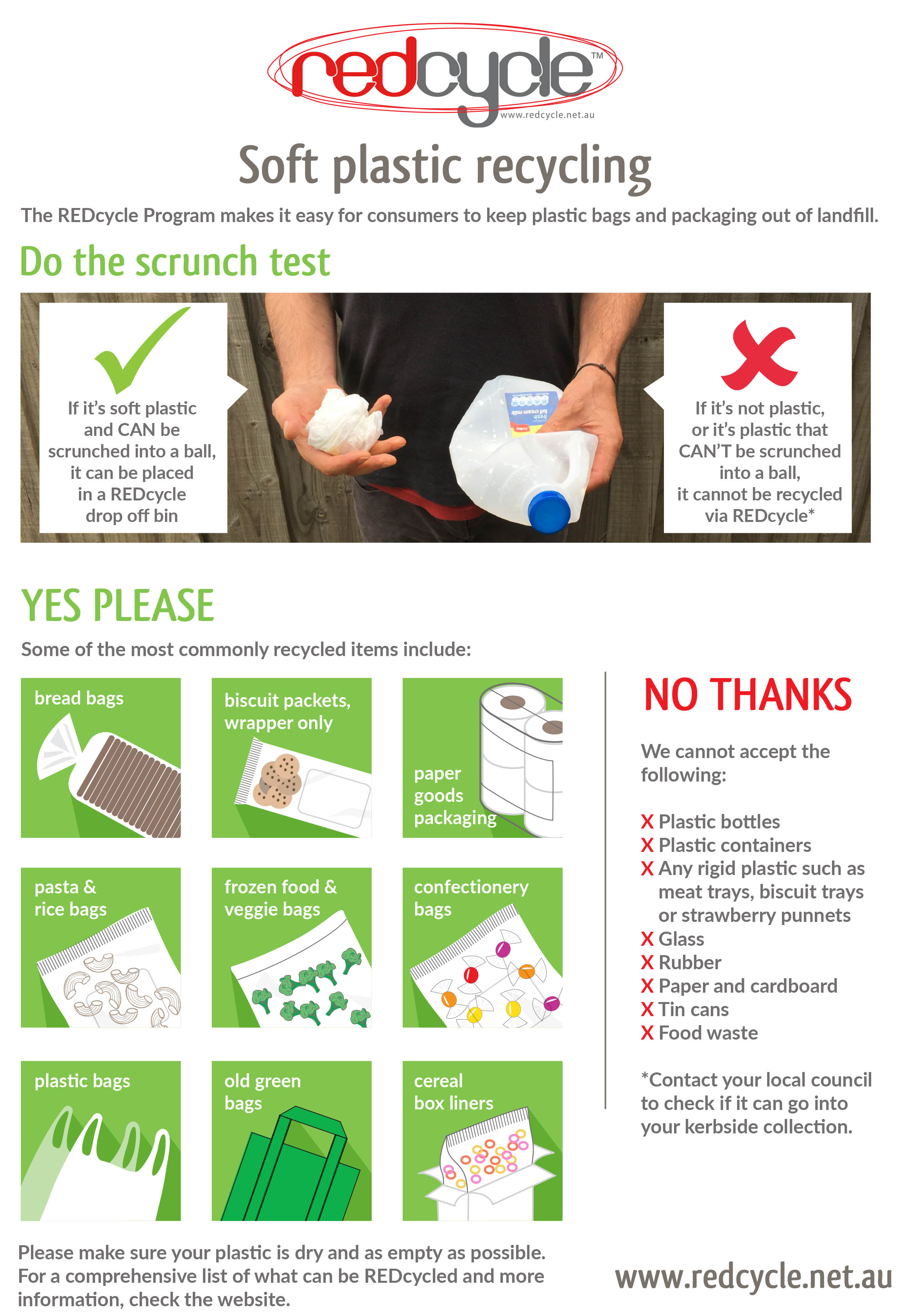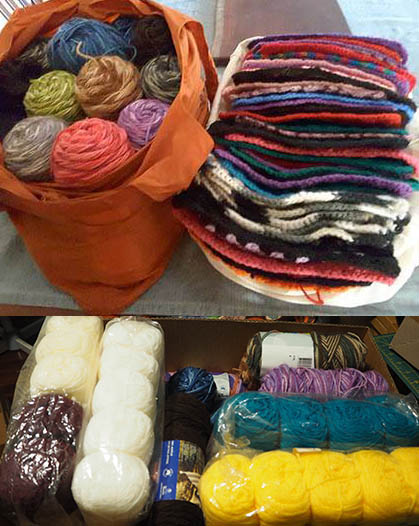The last couple of weeks have been increasingly stressful for most people. Our vocabulary has changed to include words we would otherwise never, or at least very rarely, use. Conversations over the dinner table now revolve around panic buying and what on earth people plan to do with epic amounts of toilet paper. Strange times indeed.

It’s clear that isolating yourself if you’re unwell is both advisable and sensible. This includes limiting contact with random humans, for sure, and keeping your hands good and clean. Try to avoid touching your face and do remember to keep coughs and sneezes undercover — into your arm or into a tissue (which you then dispose of in the bin straight away & wash your hands with soap and water for at least 20 seconds afterwards!). Tedious, but necessary. It’ll all get to be a habit in no time, so don’t stress too much.
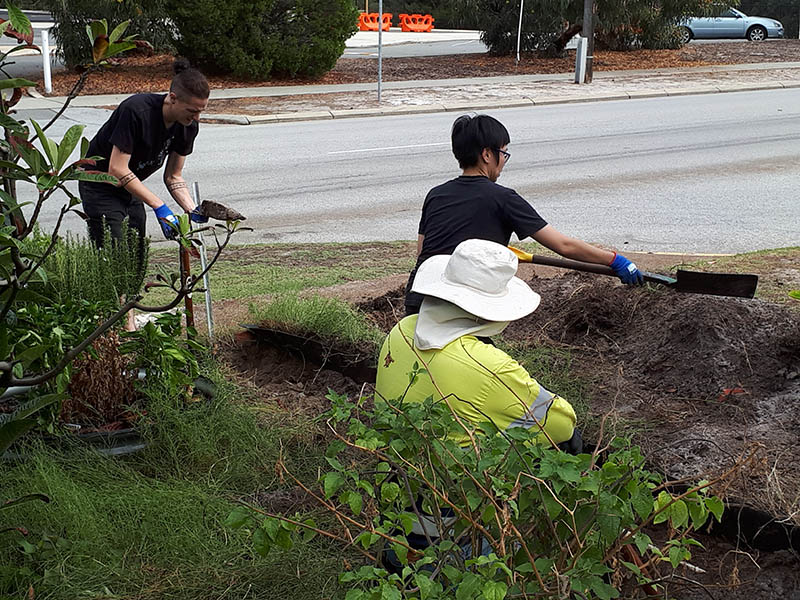
But it’s not all doom and gloom. Somewhere in Australia this past weekend, a bunch of friends turned up to help with a garden project. They donned gloves and sunscreen (some even wore hats) – just the usual garden precautions – then spent most of the day digging, weeding and erecting a retaining wall to keep the persistent (!) grass at bay. We had morning tea, a delicious shared lunch and some even stayed on to dinner. We took reasonable precautions in terms of contact and hand washing – and got all toilet paper related conversations out of the way early on so we could move on to more interesting topics. A good day. A smiley day.
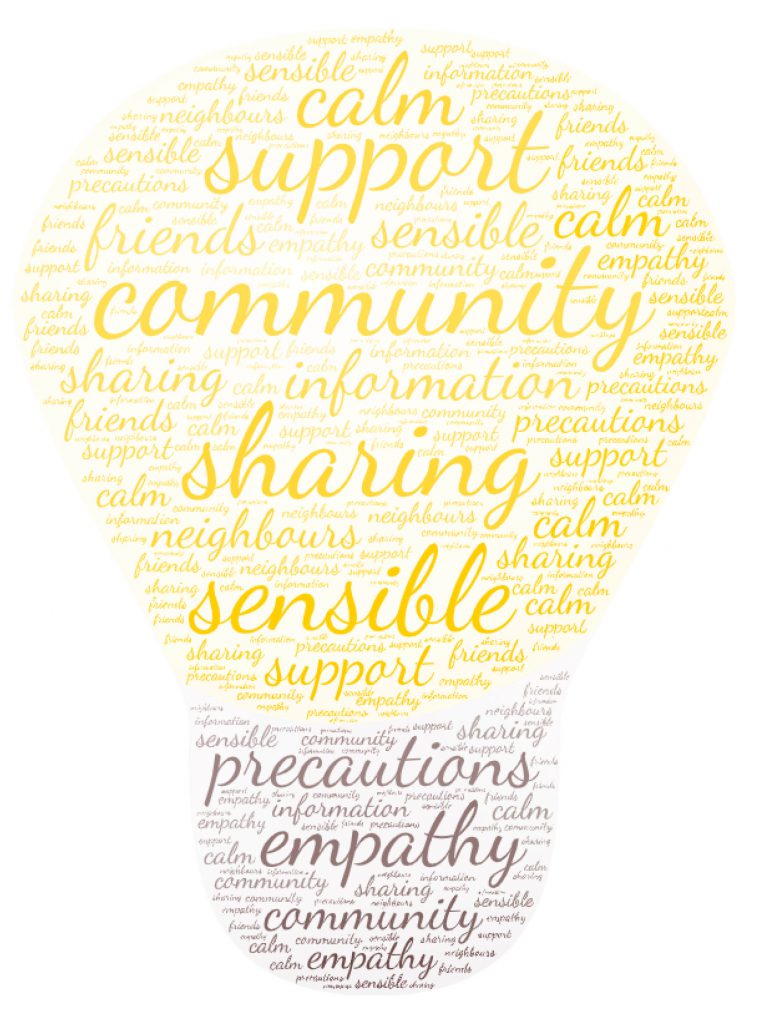
Clearly not everyone wants to get involved in a random garden blitz somewhere in the ‘burbs (although you’d be most welcome!), but there is something we can all do. Basically, try to be the best person you can be – in whatever ways you have the capacity to do so.
We’re all in this together whether we like it or not, so be kind to each other – and to the people working hard in supermarkets and other areas to keep our society afloat. Empty shelves aren’t their fault.
Stay in touch. Perhaps pick up the phone and call one person every day – just for a catch up, for a ‘how’s it going’ chat to crack through the growing sense of isolation. Skype, What’s App and all the other apps – use them to stay in touch. Write a short note or draw a silly (or beautiful) picture and pop it in the post to your Nan or your friend or a co-worker — it’ll probably make their day.
If you have some food to spare for community members in need, this weekend would be a good time to roll it out. Foodbank is pretty desperate for donations right now and will take whatever you can part with. We’re taking a drive out there on Saturday 21 March at 12.30pm to drop stuff off, so feel free to drop some random tins/cereal/flour/rice/UHT-milk at our door or just inside the gate – or come in if you’re feeling brave (we have soap and paper towels to keep you safe and grok how to stand a metre away from visitors!).
We’ll get through this – even if we’re all in our own little hutches for the next while. And if anyone needs a hand with shopping – or a meal dropped off – or a batch of cookies to cheer them up, you know how to reach me – I’ll be in my hutch, crocheting another blanket!
